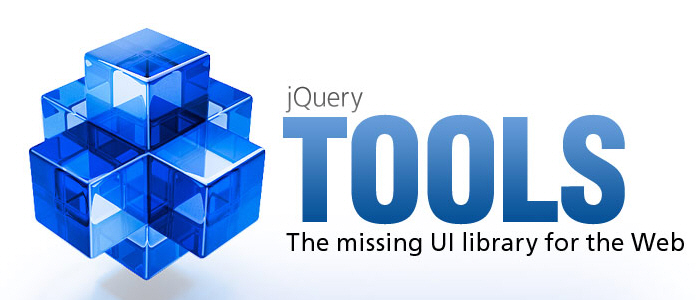Home >Web Front-end >JS Tutorial >Summary of jquery plug-in development considerations_jquery
Summary of jquery plug-in development considerations_jquery
- WBOYWBOYWBOYWBOYWBOYWBOYWBOYWBOYWBOYWBOYWBOYWBOYWBOriginal
- 2016-05-16 17:32:481029browse
Jquery is another excellent Javascrīpt framework after prototype. It is a lightweight js library (only 21k after compression). It is compatible with CSS3 and various browsers (IE 6.0, FF 1.5, Safari 2.0, Opera 9.0). jQuery enables users to more easily process HTML documents and events, implement animation effects, and easily provide AJAX interaction for websites. Another big advantage of jQuery is that its documentation is very complete and its various applications are explained in detail. There are also many mature plug-ins to choose from. jQuery can keep the code and HTML content of the user's HTML page separated. That is to say, there is no need to insert a bunch of js in the HTML to call the command. You only need to define the id. Please pay attention to the following things when developing jquery plug-in.

Notes on developing plug-ins:
1. When writing object-level plug-ins, use the jQuery.fn.extend() method to extend functions; for class-level plug-ins, use the jQuery.extend method to extend.
2. The file naming of the plug-in must strictly follow the rules of jQuery.[plugin name].js in order to distinguish it from other js files, such as the new plug-in file jquery.newplugin.js.
3. If it is an object-level plug-in, all methods should be attached to the jquery.fn main object; if it is a class-level plug-in, all methods should be attached to the jquery object.
4. Whether it is an object-level or class-level plug-in, it must end with a semicolon, otherwise, an error message will appear when the file is compressed.
5. Although the "$" dollar sign can be replaced by the "jQuery" character, when writing plug-in code, try not to use the "$" sign to avoid conflicts with other codes.
6. In the code inside the plug-in, if you want to access each element, you can use the this.each method to traverse all elements.
7. It should be noted that inside the plug-in, this represents the object obtained through the jQuery selector, rather than a reference to the object in the traditional sense.
8. Since jQuery code can use chain writing methods to call multiple methods at the same time when calling methods, in order to ensure the realization of this function, the plug-in itself must return a jQuery object.
Many plug-in developers have developed many good jQuery plug-ins, but for us plug-in users, the use of many jQuery plug-ins is not so direct and transparent. And for plug-in development, if you have a very good architecture, it will bring great benefits to your development. Therefore, before formal development, it is very necessary to pay attention to the above jquery plug-in development precautions.
Related articles
See more- An in-depth analysis of the Bootstrap list group component
- Detailed explanation of JavaScript function currying
- Complete example of JS password generation and strength detection (with demo source code download)
- Angularjs integrates WeChat UI (weui)
- How to quickly switch between Traditional Chinese and Simplified Chinese with JavaScript and the trick for websites to support switching between Simplified and Traditional Chinese_javascript skills

